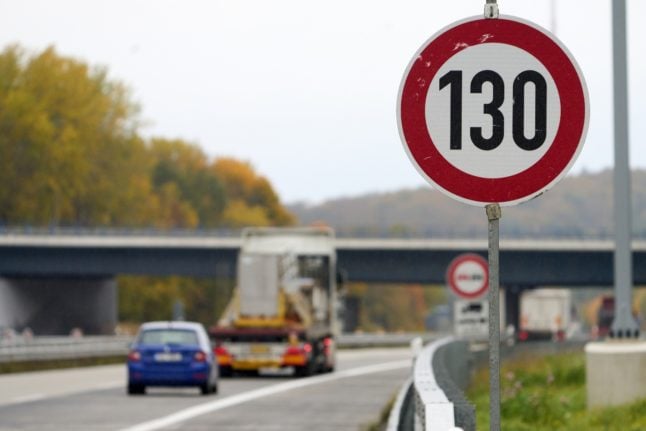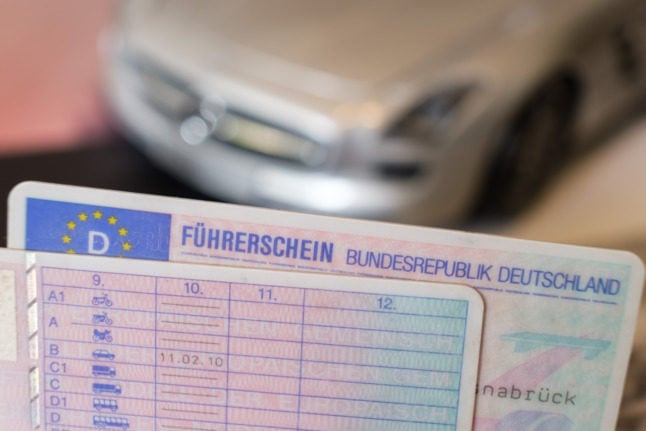Calls have been growing for a temporary speed limit or Tempolimit on Germany’s Autobahn network to further reduce dependency on Russia’s energy amid the war on Ukraine.
But the move has seen severe pushback from some politicians – in particular the Free Democrats (FDP).
On Friday, German media site Spiegel reported that the Conference of Environment Ministers had come out in favour of a temporary speed limit on the Autobahn, which is the only stretch of motorway in Europe where people can drive as fast as they want in many sections.
It’s a significant move given that the issue is so contentious in Germany.
Spiegel said that the ministers agreed a resolution on Friday to introduce a temporary nationwide speed limit. However, they did not specify what the maximum speed should be.
The Greens have campaigned for a number of years to impose a 130km/h (around 80 mph) limit on German motorways – but the party had to abandon this electoral promise last year during coalition negotiations to keep the freedom-loving FDP from walking.
According to environment ministers in the states, a general speed limit should be introduced as a “cost-effective, quickly to implement, and immediately effective measure” so that Germany consumes less petrol and diesel, and becomes less dependent on oil imports.
READ ALSO: Could Germany introduce an Autobahn speed limit?
At the same time, the step would help protect the climate, keep the air clean, reduce noise and make roads safer, they said. The speed limit could “initially be introduced for a limited period during the ongoing conflict”, the resolution said in reference to the war in Ukraine. In the long term, the focus is on the expansion of electric mobility and local public transport.
“I think it is absolutely right that we set a visible sign,” Lower Saxony’s environment minister Olaf Lies (SPD), chair of the conference, told Spiegel. “We did not have an ideological debate.”
Rather, he said, it was about a pragmatic response to the supply crisis because of the war.
The move was backed by all states. The environment ministers in Bavaria (Thorsten Glauber, Free Voters) and North Rhine-Westphalia (Lutz Lienenkämper, CDU) voted in favour, but issued a note stating that they only expect a speed limit to have a limited effect.
In the other 14 states, the ministries are led by the Greens or the SPD.
The federal states can’t implement the decision on their own – this would require a federal law.
“Now it’s the federal government’s turn,” tweeted Hesse environment minister Priska Hinz (Greens).
Gut, dass wir uns dafür stark gemacht haben und erfolgreich sind. Jetzt ist der Bund am Zug #UMK @UmweltHessen https://t.co/hotkyeFiY4
— Priska Hinz (@PriskaHinz) May 13, 2022
So far, none of the states has announced an initiative in the Bundesrat, the parliament that represents the states – but they are sending a strong message to the federal government.



 Please whitelist us to continue reading.
Please whitelist us to continue reading.
Member comments